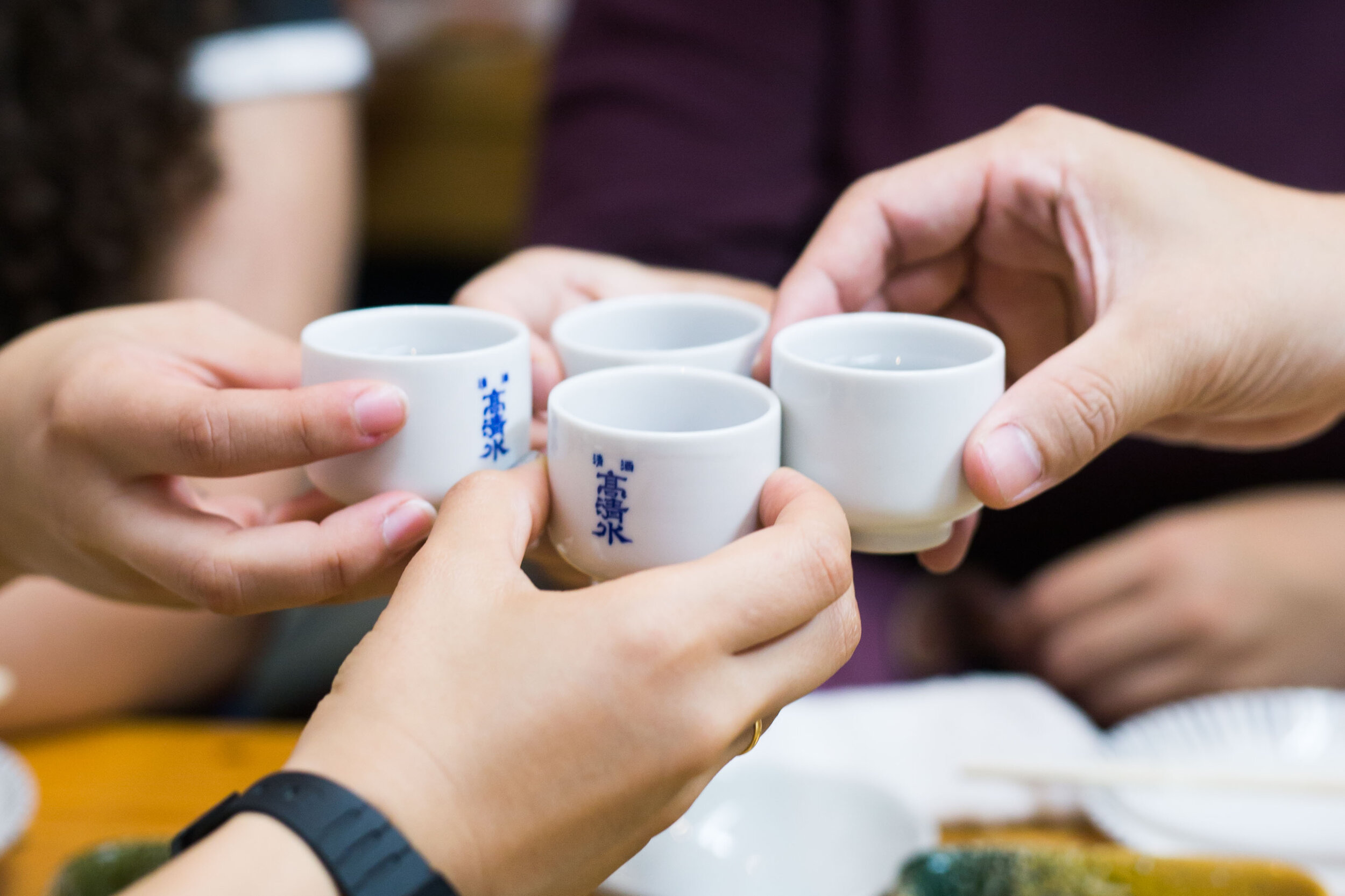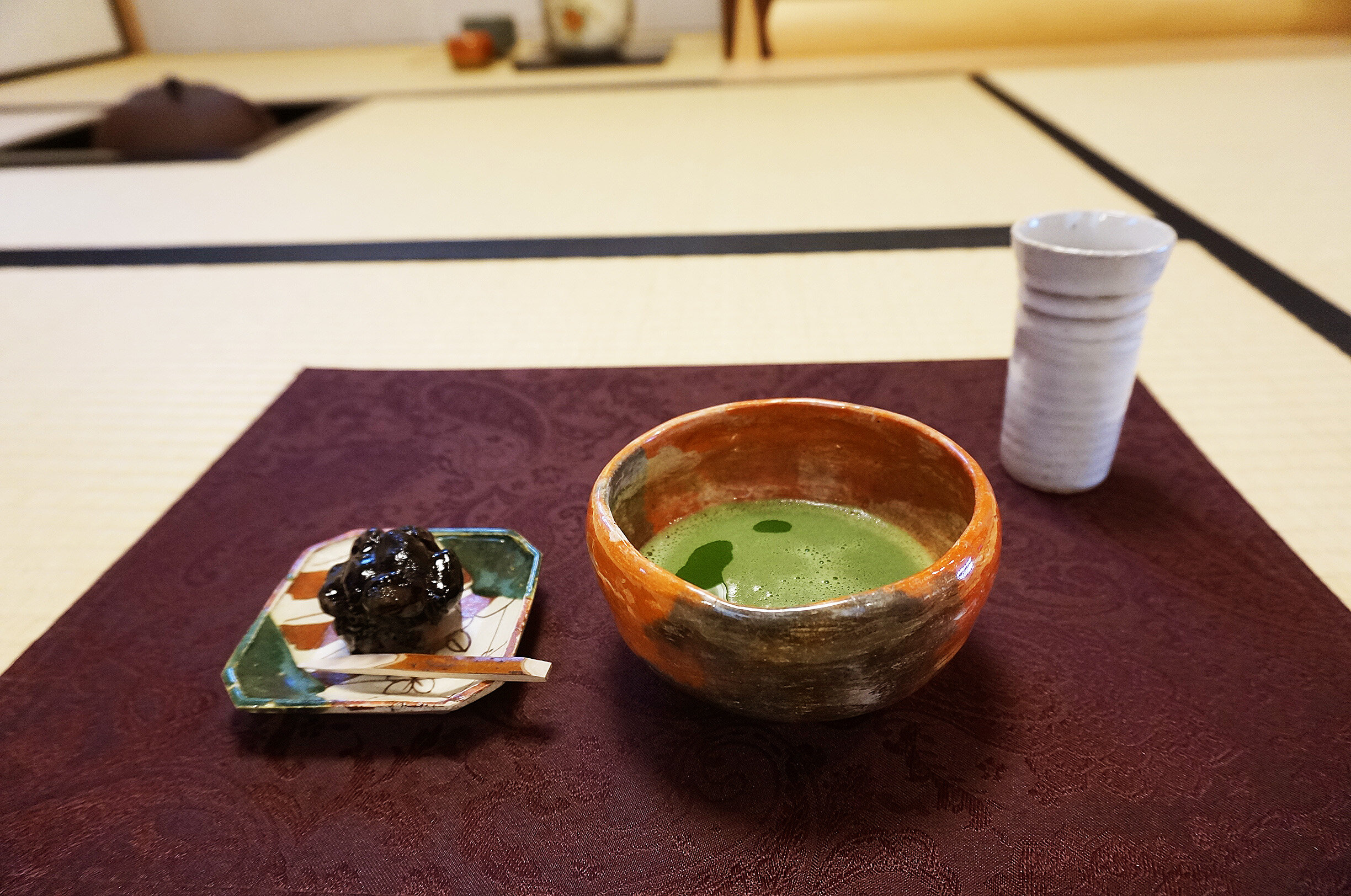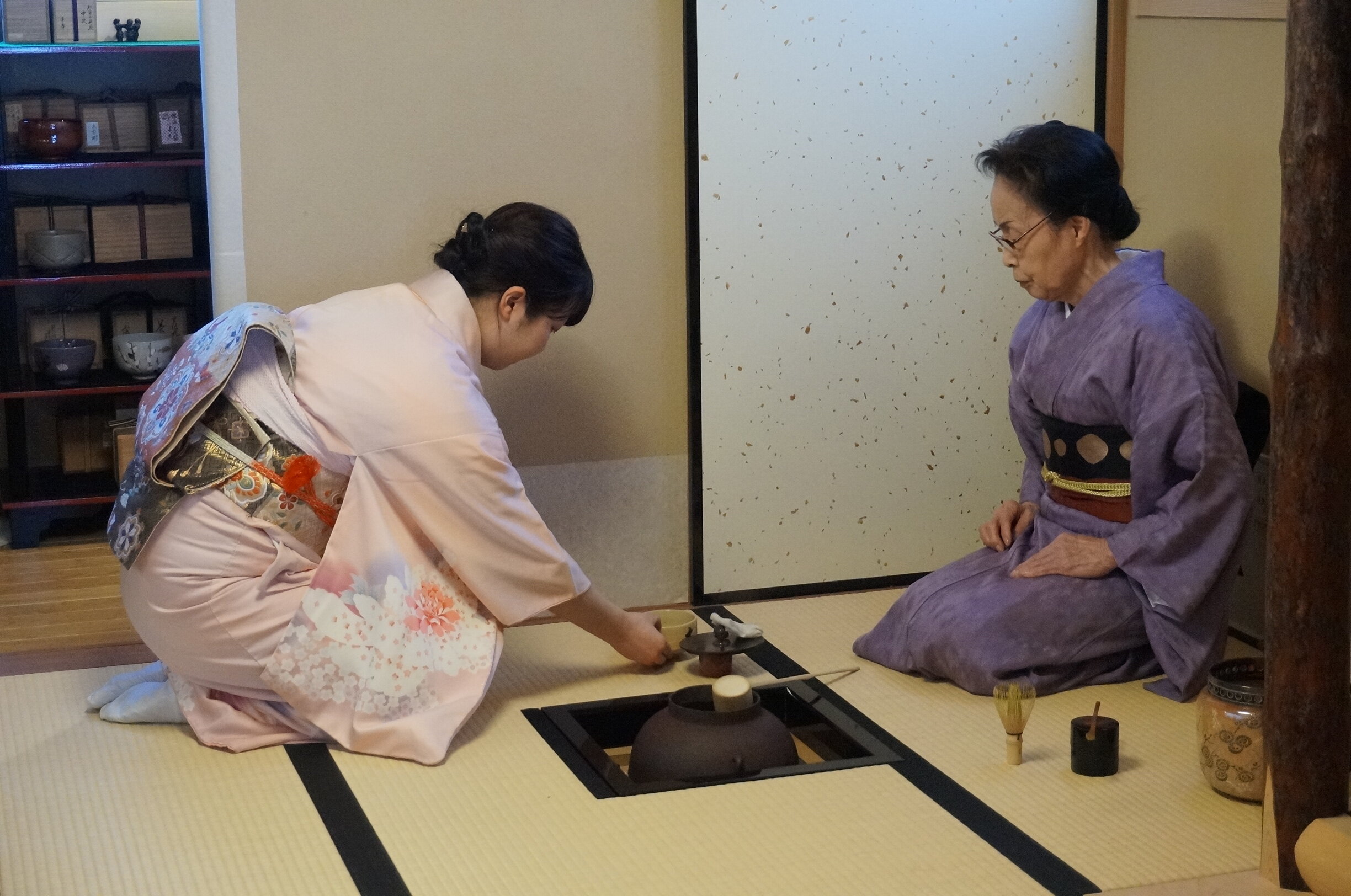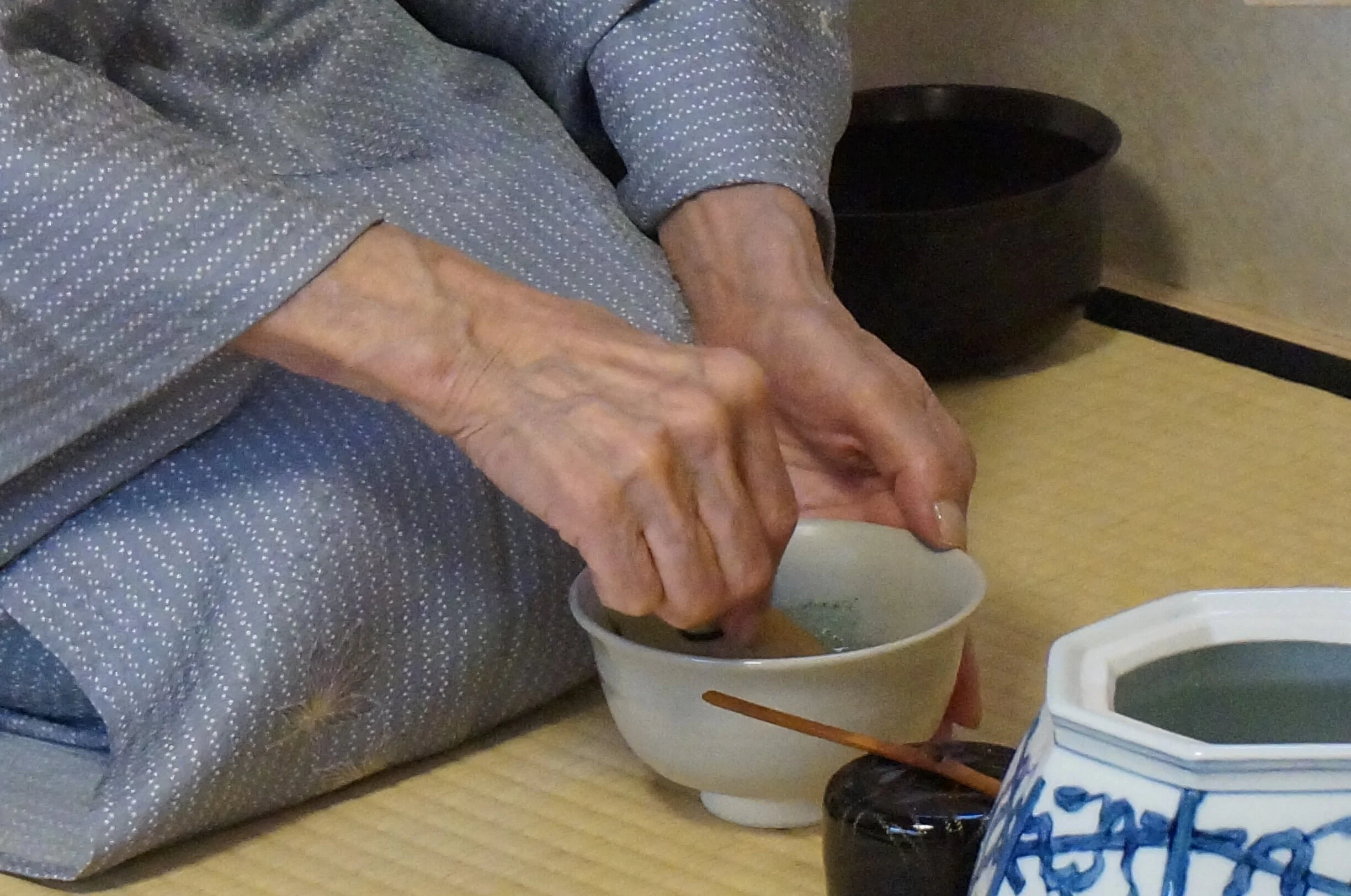Complete with places to sleep at, great food, relaxing and cheap hot springs, beautiful locations and many places to see and do, this 3 day trip is a one of a kind experience out of Tokyo. There are three spots to spend three nights - you can customize these spots to go at your own pace and needs or even drop some out of the itinerary completely - it’s all under your control. We will introduce to you three spots that you can visit and stay at night to park your car.
Hakone
At Hakone, one of the highlights of the area is Hakone Ropeway. The ropeway brings you up Mt. Hakone where you can visit the hellish valleys of Owakudani - an active volcano where sulfurous fumes are being expelled. On the way up, if the weather permits, you can catch a beautiful view of Mt. Fuji. Nearby at Hakone Yumoto, relax and soak in hot springs fueled by volcanic activity. Yuryo Hot Springs is a great place to soak in.
Bathe/ Eat: Hakone Yuryo Hot Springs
Sleep: Roadside Station Hakone Togo is a good spot to rest if tired before continuing on into Izu
Heda, Izu
This is a very small town that is one of our favorite places on the road trip. The deep-sea bay that the town overlooks is home to spider crabs which make for an excellent lunch. The harbour also features an excellent fish market on the ground floor. For Dinner check out Tagore Hostel. There is also an option to rent fishing rods and bikes to explore the town. There is a hot-spring too at the back of the town to refresh and renew.
Eat: Marusan – Seafood / Crab Restaurant on the Harbor 10am – 6pm
Cafe: Tagore Hostel, Excellent coffee and a great place to chill.
Bathe: Road Station at the back of the town, Hot Springs closes at 8pm
Sleep: Heda Road Station or the lookout point overlooking the bay
Unique stop: The Old Bus is an old bus converted into a bar that has a stunning view of Mt. Fuji.
Mt. Fuji, Lake Saiko
A very popular spot for visitors, you can drive the van on to the bank of the lake in a few designated spaces. It’s possible to sleep there in your vans and it’s worth having a drive around to look for your perfect spot to settle down for a nice evening by the lake. If you want to set up camp properly - such as making a fire and grilling out – there are several paid campsites around the lake which you can book. Some Japanese may be required, but let our team know and we’ll get a reservation sorted out for you!
There are a few interesting spots to visit in the area such as an ancient village, a bat cave and an ice cave in winter. Open google maps in the area and you will see the spots.
Eat/ Bathe/ Sleep: Fuji Yurari Hot Spring is a wonderful Hot Spring nearby with great hot springs, good food and a car-park to park your van to sleep for the night.
Sleep: Near the lake, (wild camp) or Roadside Station Katsuyama Rest Area. Food also available until 5pm – located at the next lake over.




























